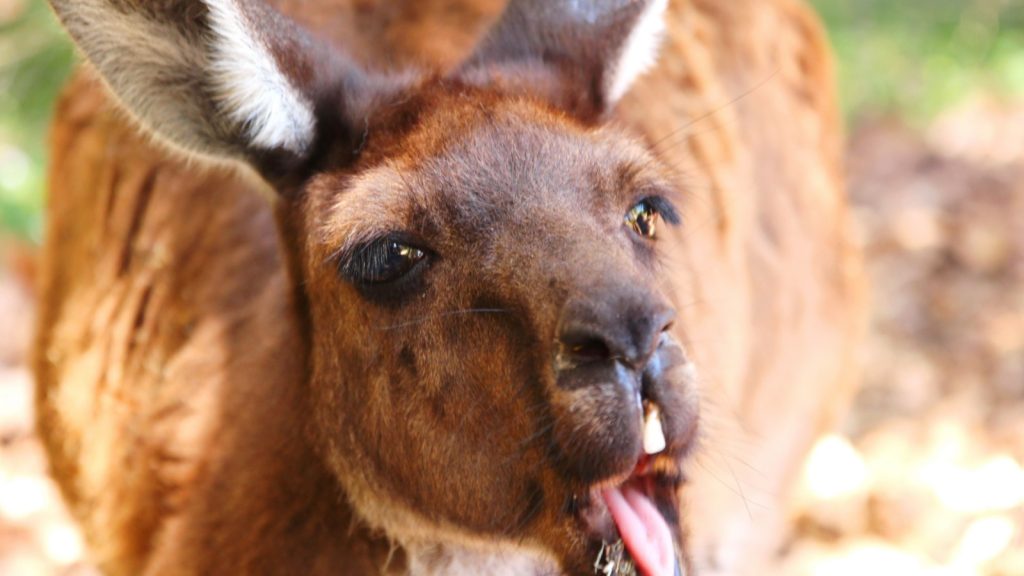Kangaroos, the iconic animals of Australia, are more than just hopping marsupials with cute pouches. These fascinating creatures have evolved unique adaptations that make them true marvels of nature. From their powerful legs to their complex digestive systems, kangaroos are full of surprises that have allowed them to thrive in the harsh climate they call home. They’re incredible creatures that deserve our respect and protection.
Powerful Jumpers
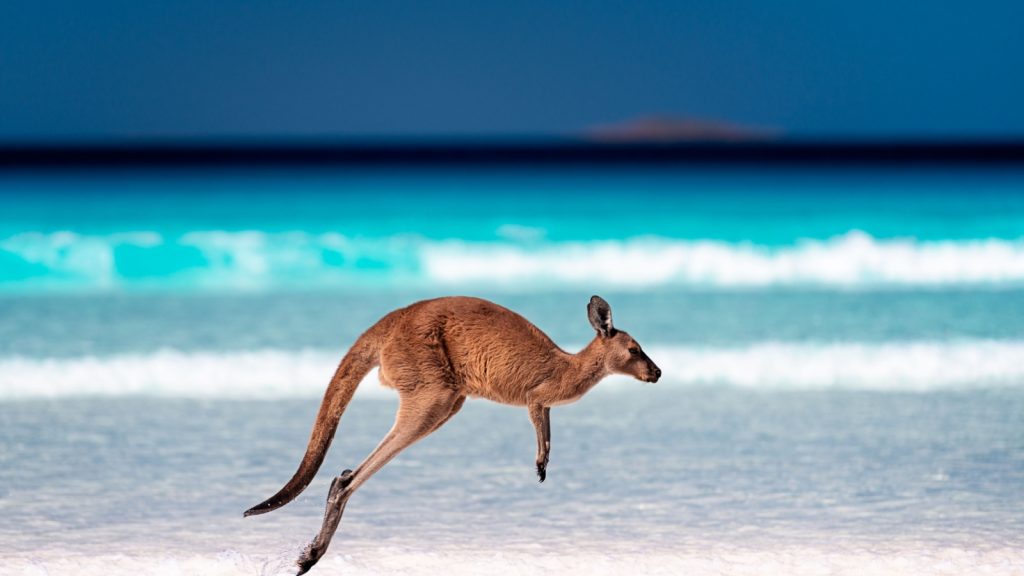
Kangaroos are renowned for their jumping ability, and for good reason. They can leap up to 25 feet in a single bound and reach speeds of 35 miles per hour. Their strong tail acts as a counterbalance and a fifth limb, helping them maintain balance while hopping. This unique mode of locomotion is highly energy-efficient, allowing kangaroos to cover large distances with minimal effort.
Three-Vagina Females
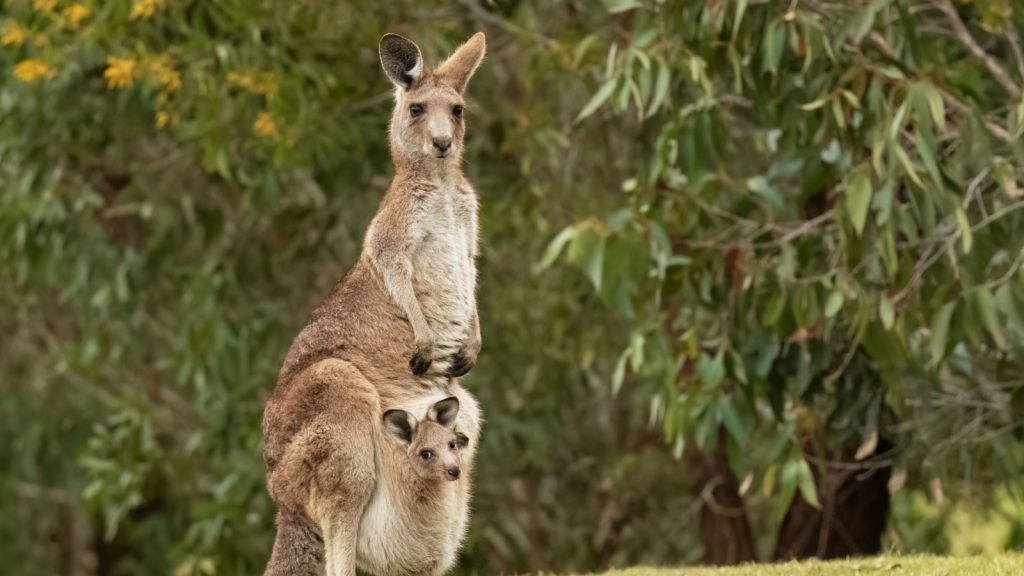
Female kangaroos have a unique reproductive system that includes three vaginas. The two side vaginas are used for sperm to travel up, while the middle one is used for birthing. This unusual anatomy allows them to be almost constantly pregnant, with one joey in the pouch and another embryo in pause mode, waiting for the right time to develop.
Boxing Champions
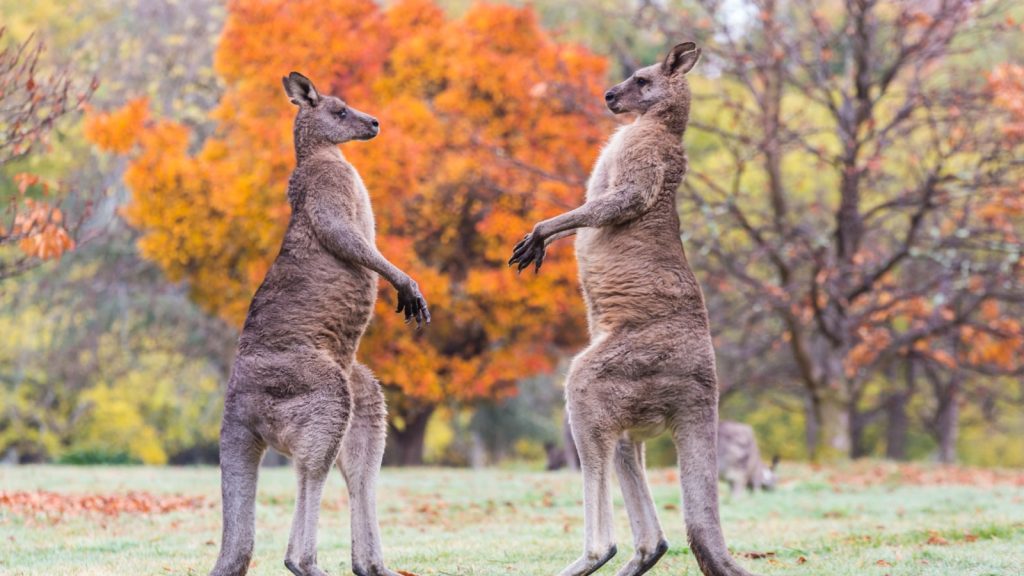
Male kangaroos often engage in boxing matches to establish dominance or compete for mates. They balance on their tails and use their powerful legs to kick, while their arms are used for grappling. These fights can be intense and sometimes even fatal, showcasing the fierce competition in kangaroo society.
Eco-Friendly Digestive System
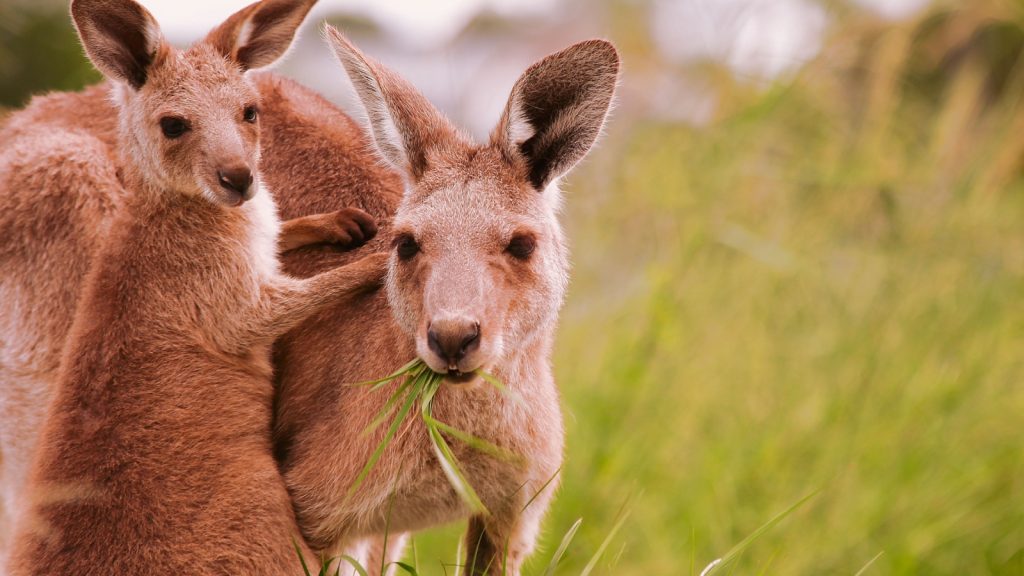
Kangaroos have a unique digestive system that produces very little methane, unlike cattle and other ruminants. They have special bacteria in their stomachs that process food without creating this greenhouse gas. This makes kangaroos a potential model for reducing methane emissions in livestock farming.
Cannot Move Backwards
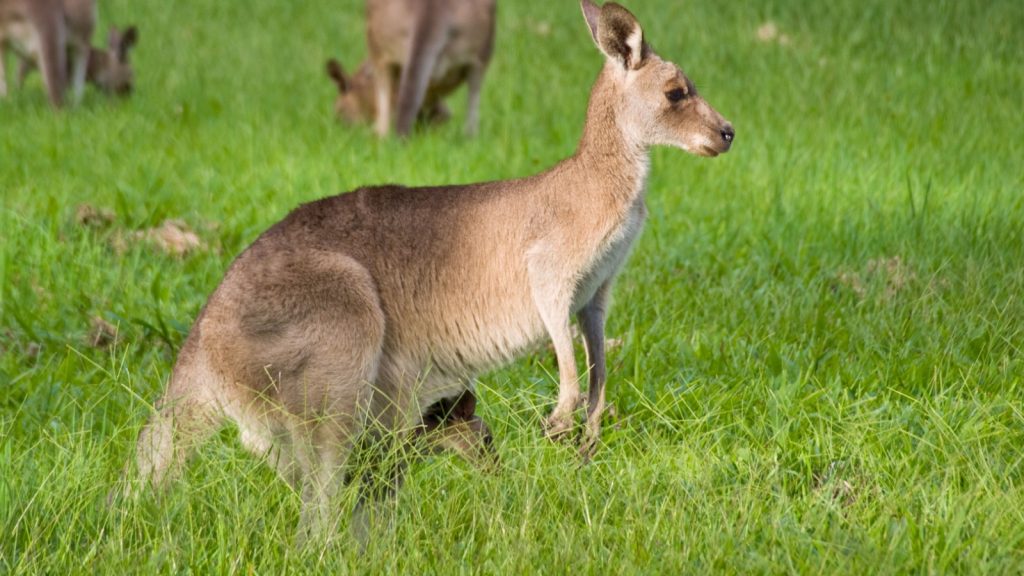
The kangaroo’s unique body structure, with its powerful hind legs and long tail, makes it nearly impossible for them to move backwards. Their hopping motion is designed for forward movement only. This limitation is compensated by their ability to make quick turns and change direction mid-hop.
Varying Gestation Periods
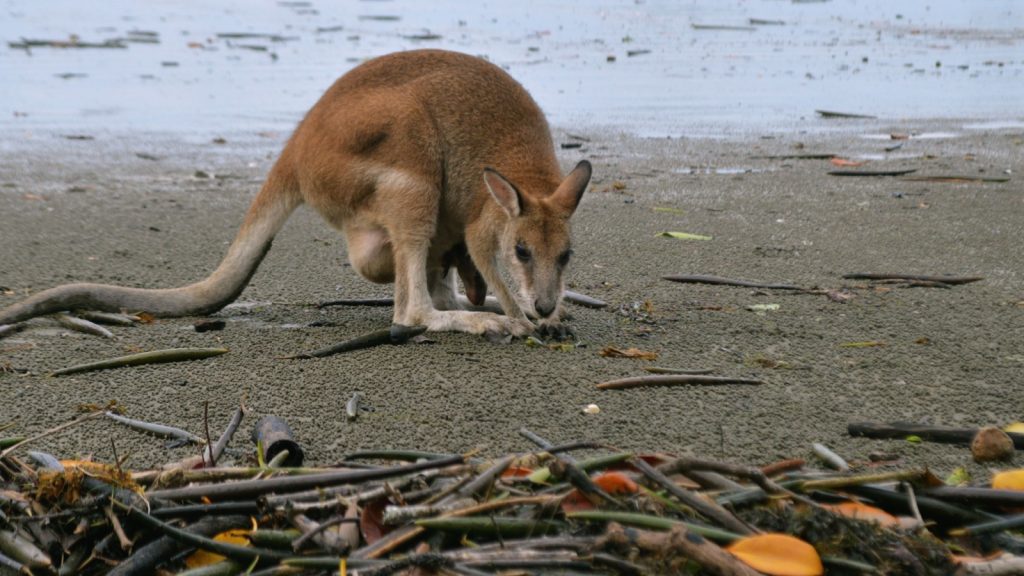
Depending on the species, kangaroo gestation periods can vary dramatically. The smallest kangaroo species, the musky rat-kangaroo, has a gestation period of just 21 days. In contrast, the red kangaroo’s gestation lasts 33 days. This short pregnancy is followed by a long period of development in the pouch.
Embryonic Diapause
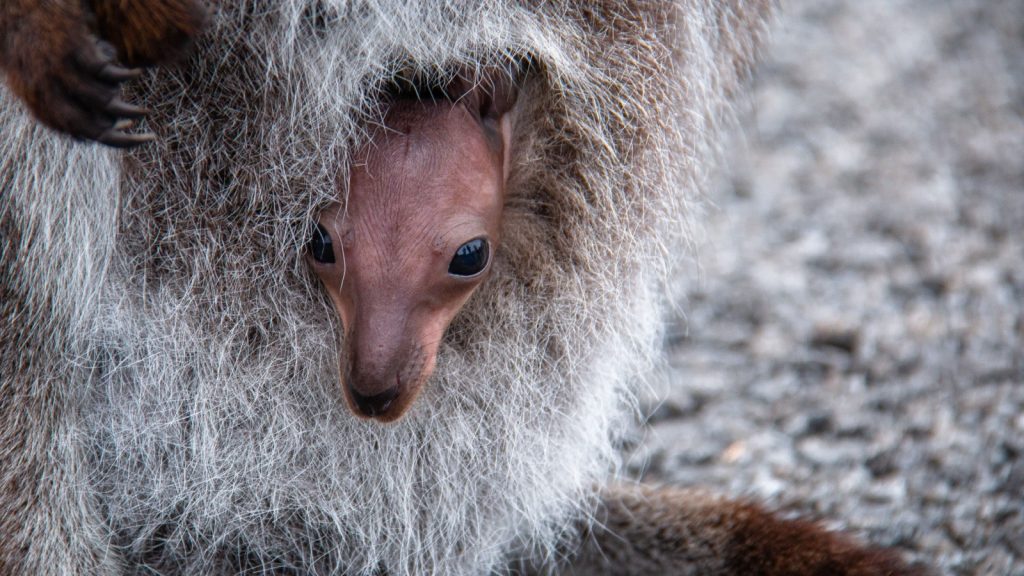
Kangaroos have the ability to pause embryo development, a process known as embryonic diapause. This allows them to delay birth during harsh environmental conditions. The paused embryo can remain dormant for months or even over a year, resuming development when conditions improve.
Super-Sized Hearts
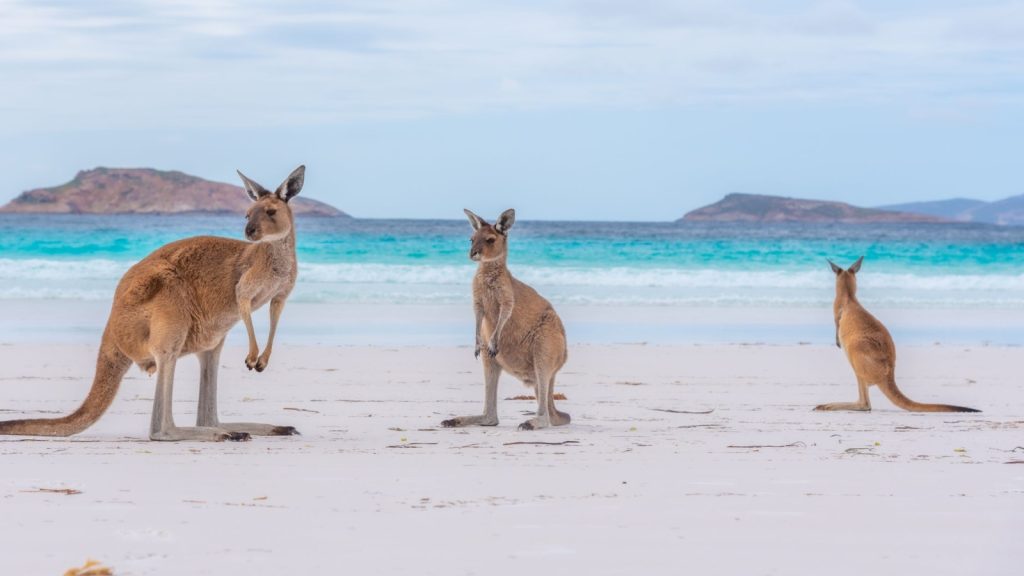
Kangaroos have proportionally larger hearts compared to other mammals. Their heart can make up about 2% of their body weight, compared to about 0.5% in humans. This larger heart helps pump blood efficiently through their body, supporting their high-energy hopping lifestyle.
Built-In Air Conditioning
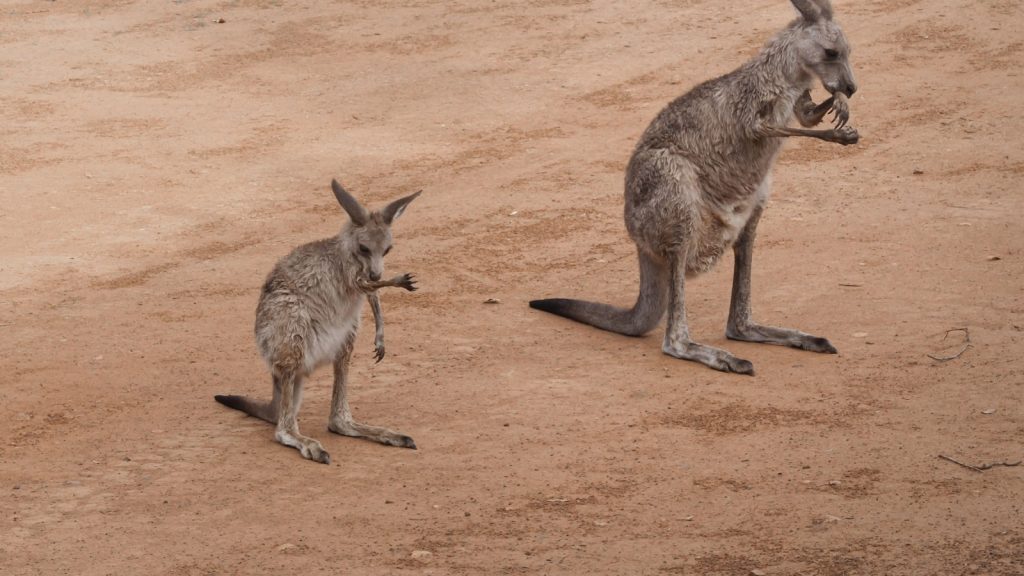
Kangaroos have a unique way of cooling down in hot weather. They lick their forearms, covering them with saliva. As the saliva evaporates, it cools the blood flowing close to the skin surface, effectively lowering their body temperature. This adaptation helps them survive in Australia’s harsh, hot climate.
Incredible Swimmers

Despite their association with dry, arid environments, kangaroos are excellent swimmers. They use their powerful tails like a rudder to steer through water. When threatened, kangaroos have been known to flee into water and, if pursued, may use their forepaws to hold the predator underwater.
Delayed Milk Production
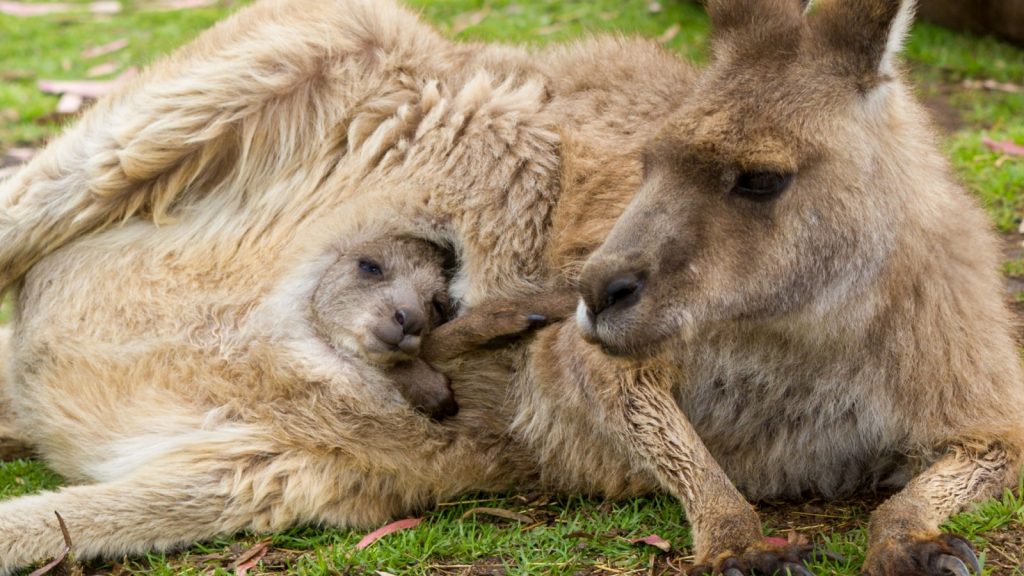
Kangaroo mothers can produce two different types of milk simultaneously from adjacent teats. One type is tailored for the newborn joey in the pouch, while the other is more suitable for the older joey that has left the pouch but still returns to feed. This ability to customize milk production is unique among mammals.
Hopping Efficiency
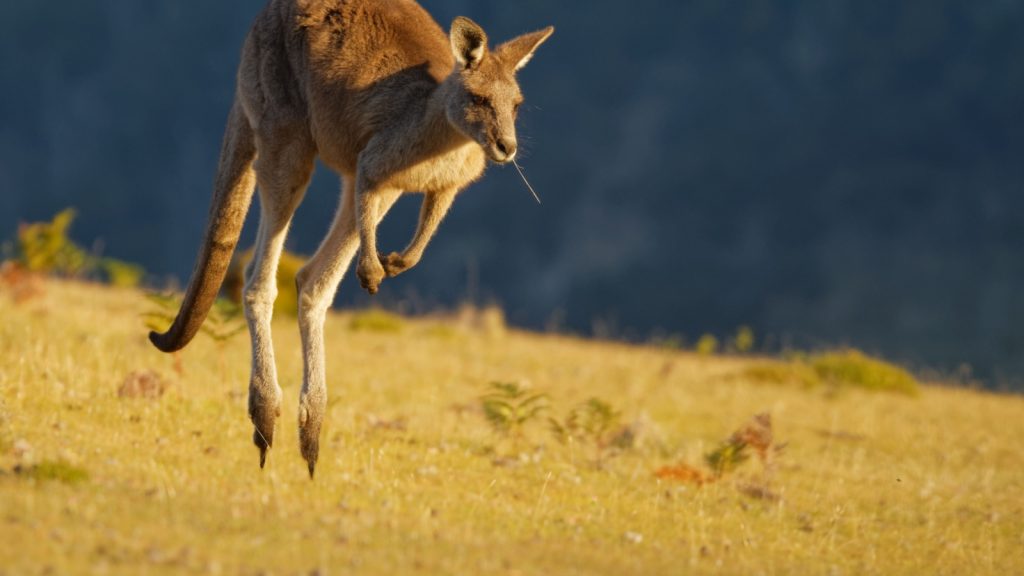
The kangaroo’s hopping motion is incredibly energy-efficient. As they hop, their tendons act like springs, storing energy with each landing and releasing it for the next jump. This means that the faster a kangaroo hops, the less energy it uses per meter traveled, making them one of the most efficient movers in the animal kingdom.
Social Structure
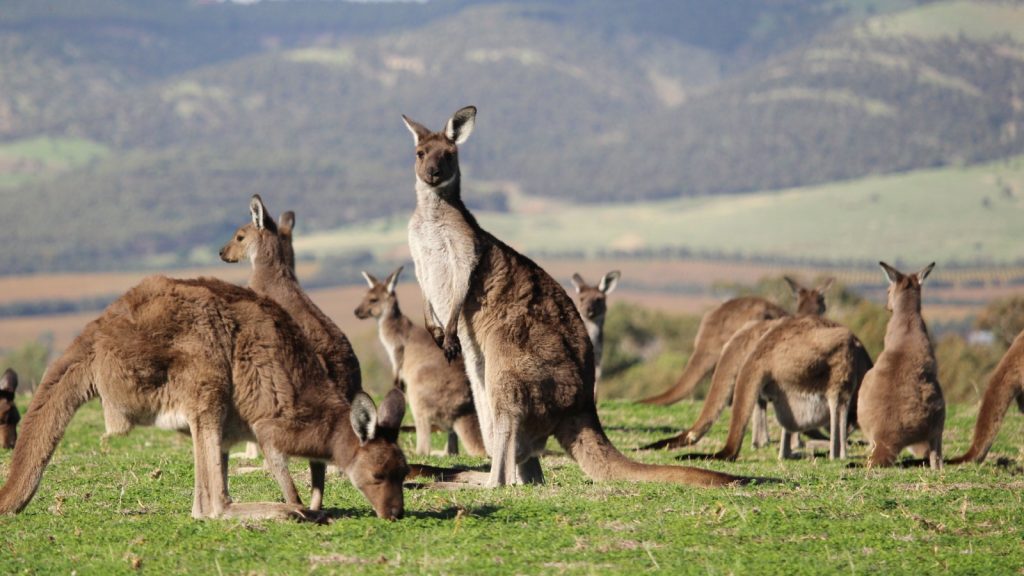
Kangaroos live in social groups called mobs. These mobs can range from small family groups to large gatherings of 100 or more individuals. Within these mobs, there’s a complex social hierarchy, often determined by size and fighting ability in males. Female kangaroos tend to form close bonds with other females in the group.
Freeze Response
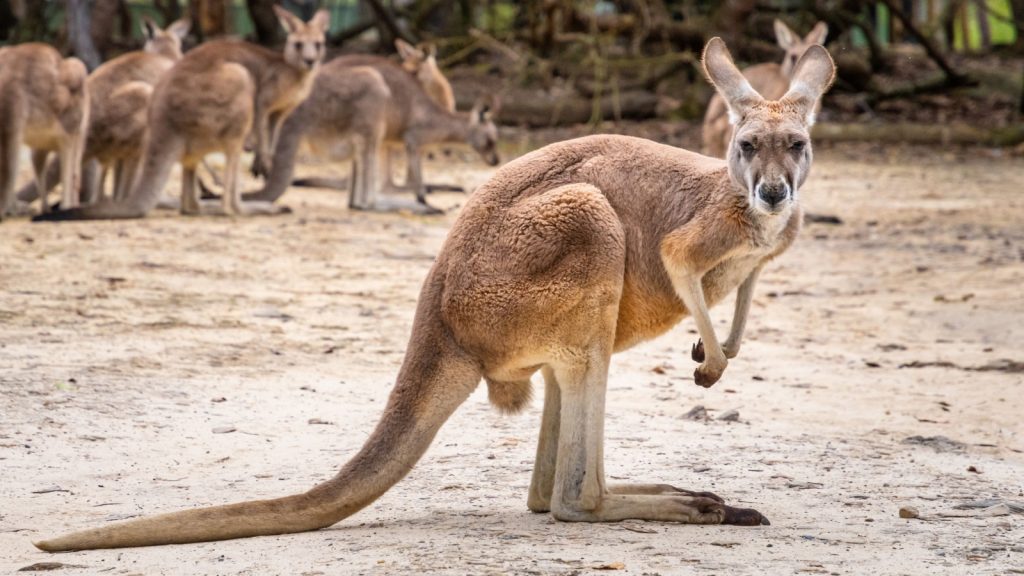
When faced with danger, kangaroos sometimes exhibit a freeze response. They become completely still, hoping to avoid detection by predators. This behavior is particularly common in smaller kangaroo species and can be an effective defense mechanism in their natural habitats.
Varied Diet

While often thought of as grass-eaters, kangaroos have a varied diet. Different species eat a range of plants, including leaves, ferns, fruits, and tree bark. Some species, like the tree-kangaroo, are even known to eat birds’ eggs and small animals. This dietary flexibility has allowed kangaroos to adapt to various habitats across Australia.

